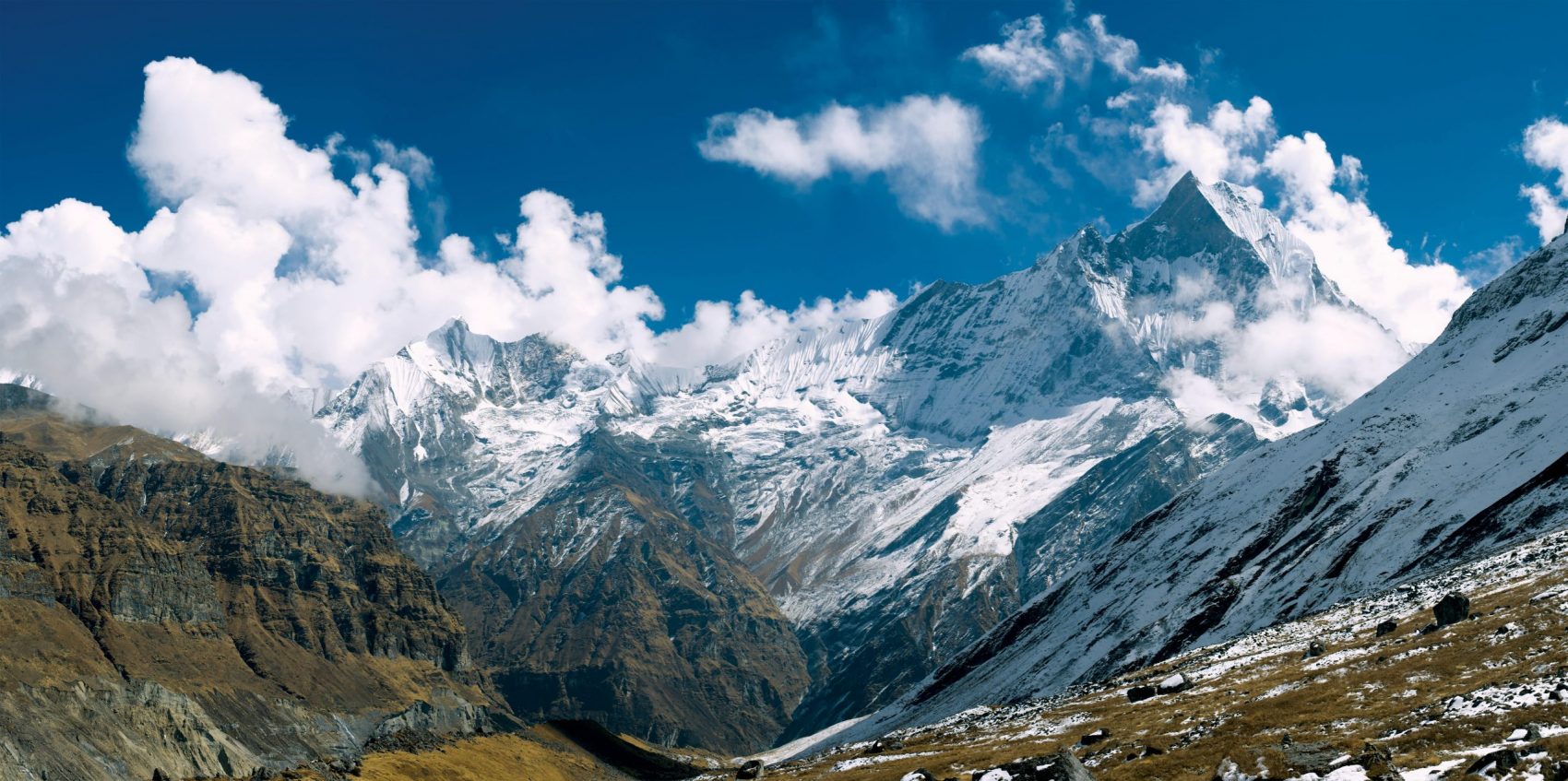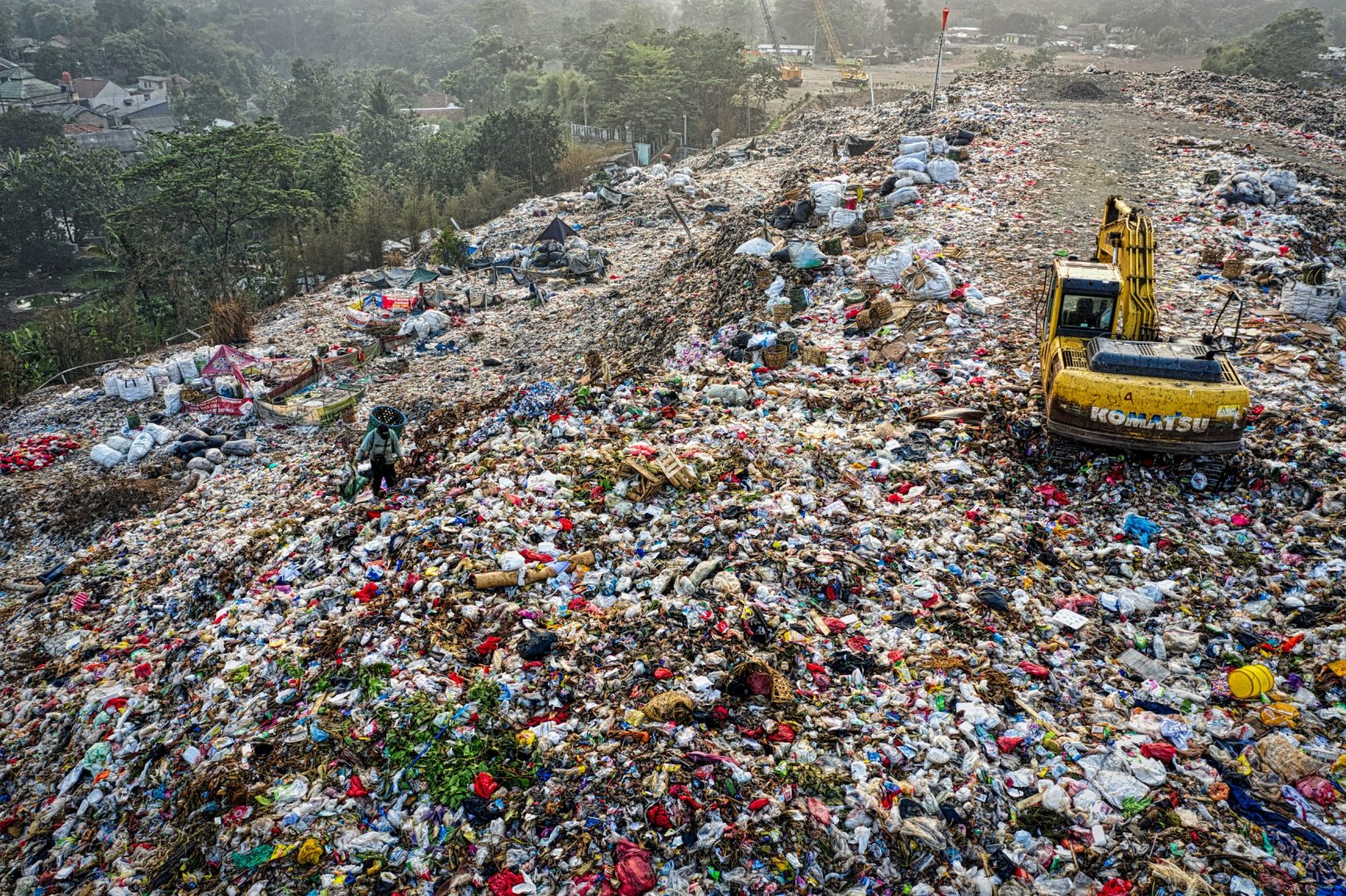
When we head out into the backcountry, the ocean, the forest, or anywhere in the natural world we expect to experience nature in its purest form. On the contrary, we live in a world where nature is susceptible to a multitude of detrimental hazards—an example of this can be found near the summit of the great Mt. Everest.
Microplastic — Small pieces of plastic, less than 5mm (0.2 inch) in length, that occur in the environment as a consequence of plastic pollution.
3These pieces of plastic that were discovered scattered above 8,440 meters above sea level are arguably the highest place these little manmade items have ever been found. Plastic pollution on Everest isn’t completely a product of its own environment; rather, it’s a product of human consequence. The issue has mostly arisen from Everest Expeditions and slightly from extreme wind transporting plastics to higher altitudes.
When you think of the amount of time, money, and absolute sufferfest this climb or ski is (cough..cough..Yuichiro Miura) it’s pretty crazy to think of the sheer amount of people that make it to at least basecamp. Furthermore, below are a few statistics that allow us to understand why so much plastic makes it up there and why it sometimes looks like a miniature city.

Everest Statistics
- 891 climbers summited Everest in 2019 — Source
- Over 30,000 people trek to Everest basecamp each year — Source
- In the last 20 years, Everest has seen a 10x increase with 1/2 the summits being done in the last decade — Source
With the ridiculous price tags that range anywhere from $25,000 to $100,000 for guided Everest trips, plastic accumulates each year, and more people seem to climb. With all the technical outdoor gear, bags for food, tents, and other high alpine expedition necessities plastic seems to find a way into this sacred environment.
So what’s the solution?
I’m not here to tell you that, because if the answer would be to stop climbing Everest, wouldn’t we just have to stop exploring the outdoors all together in order to eliminate the spread of microplastics? But what I can tell you as a person who spends most of their time in the outdoors is that we need to be extremely cognizant of leave no trace principles and do whatever we can to least impact the great places we have to opportunity to explore.
Kanchenjunga base camp trek is one of the most beautiful trek with full of nature, culture and beautiful trekking trails. This is less crowded trekking routes of Nepal with most beautiful nature. https://www.orbitalpineadventure.com/kanchanjanga-base-camp-trek
Annapurna Base Camp Trek is comparatively easier and shorter than the Everest base camp trek, Annapurna Region receives a huge flow of tourists and provides an interesting moment of the 10th highest mountain in the world Mount Annapurna (8,091m). The Annapurna base camp trek route provides to explore encounter high mountains, rhododendron forests, unique traditional villages, and natural Jhinu Danda hot spring. Annapurna Short Trek route walk the rice paddies, forest of bamboo & rhododendron forests, end among glaciers and soaring peaks, and provides an unparalleled mountain adventure with surrounded mountains of 7000m or 8000m peaks. The trail will be through beautiful communities villages of Gurung and Magar. https://www.himalayanfrozen.com/annapurna-base-camp-trek